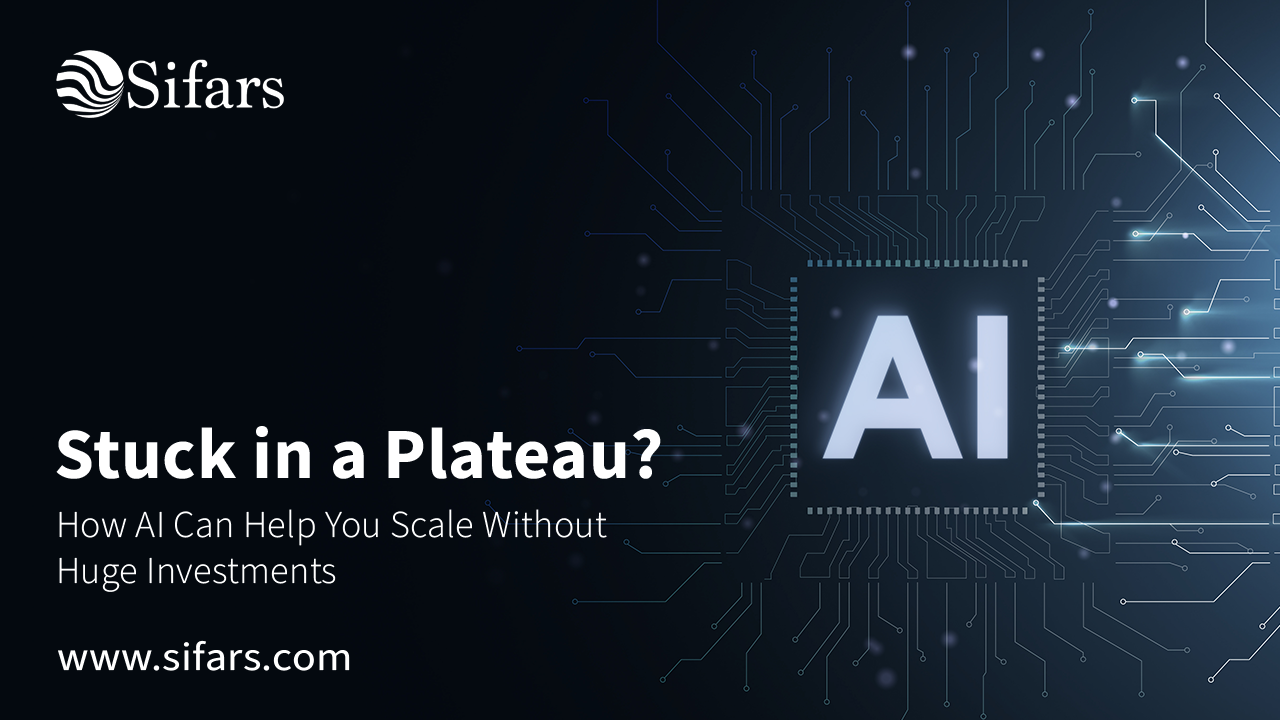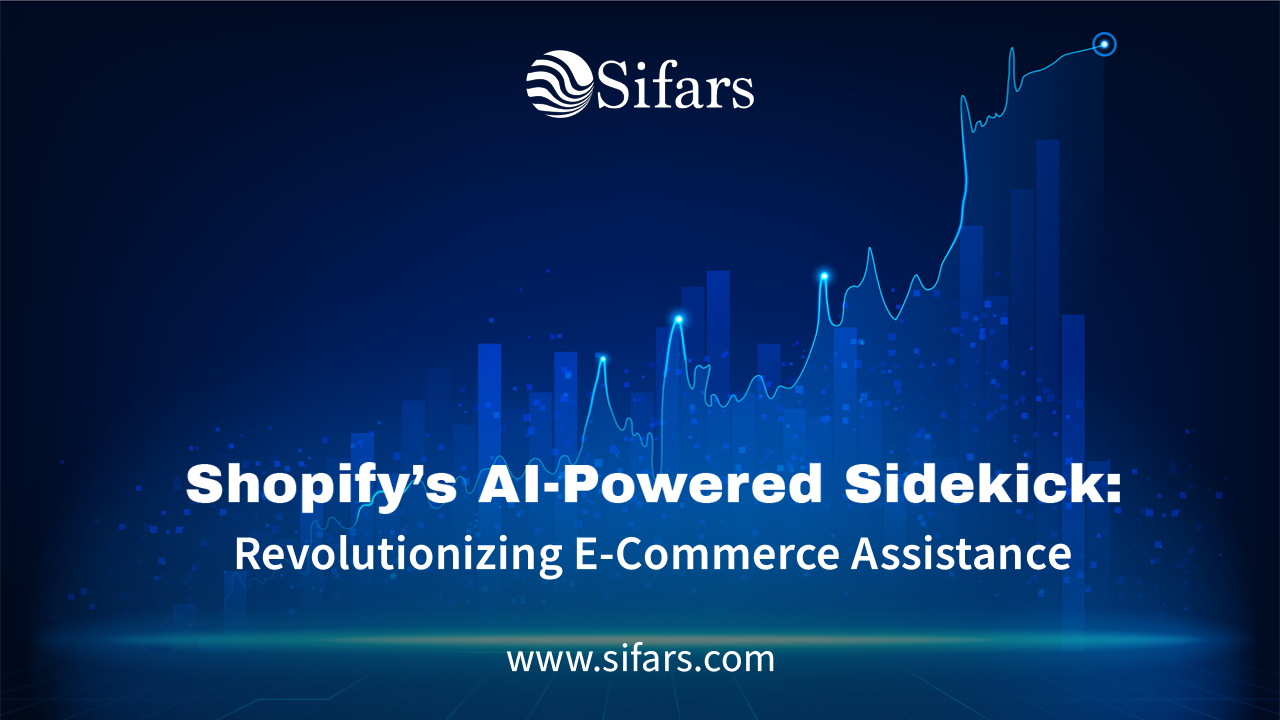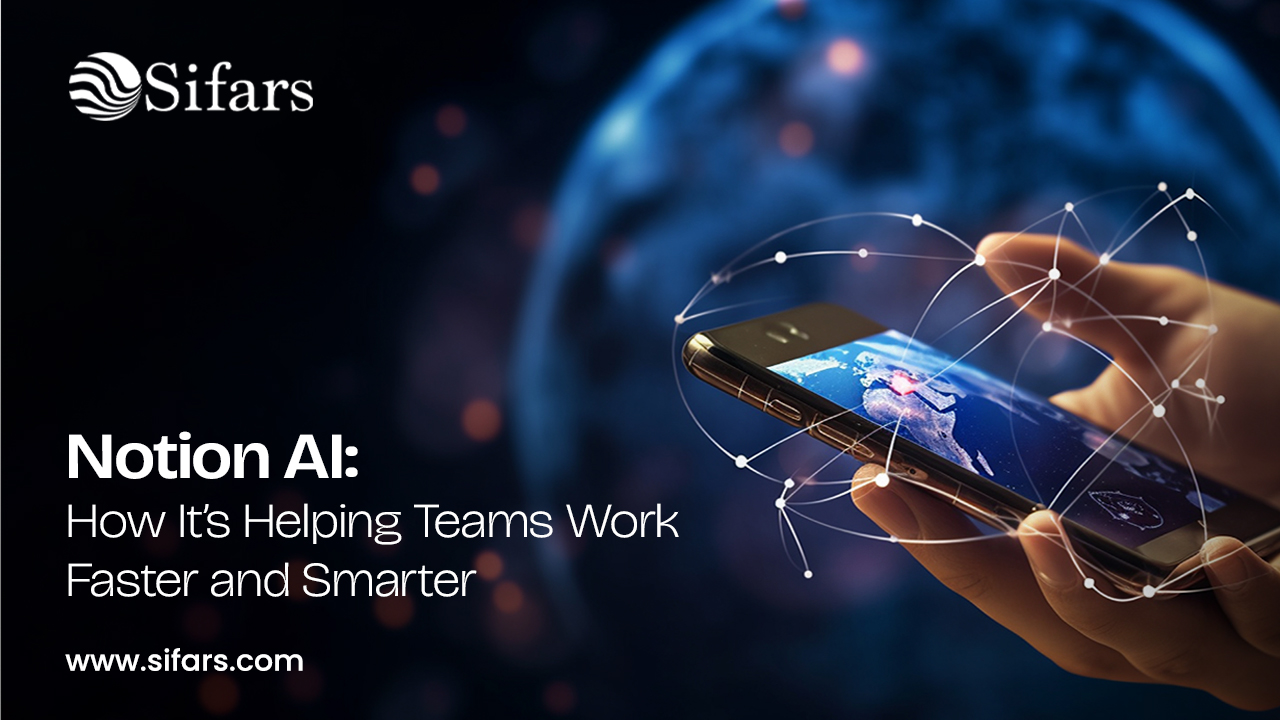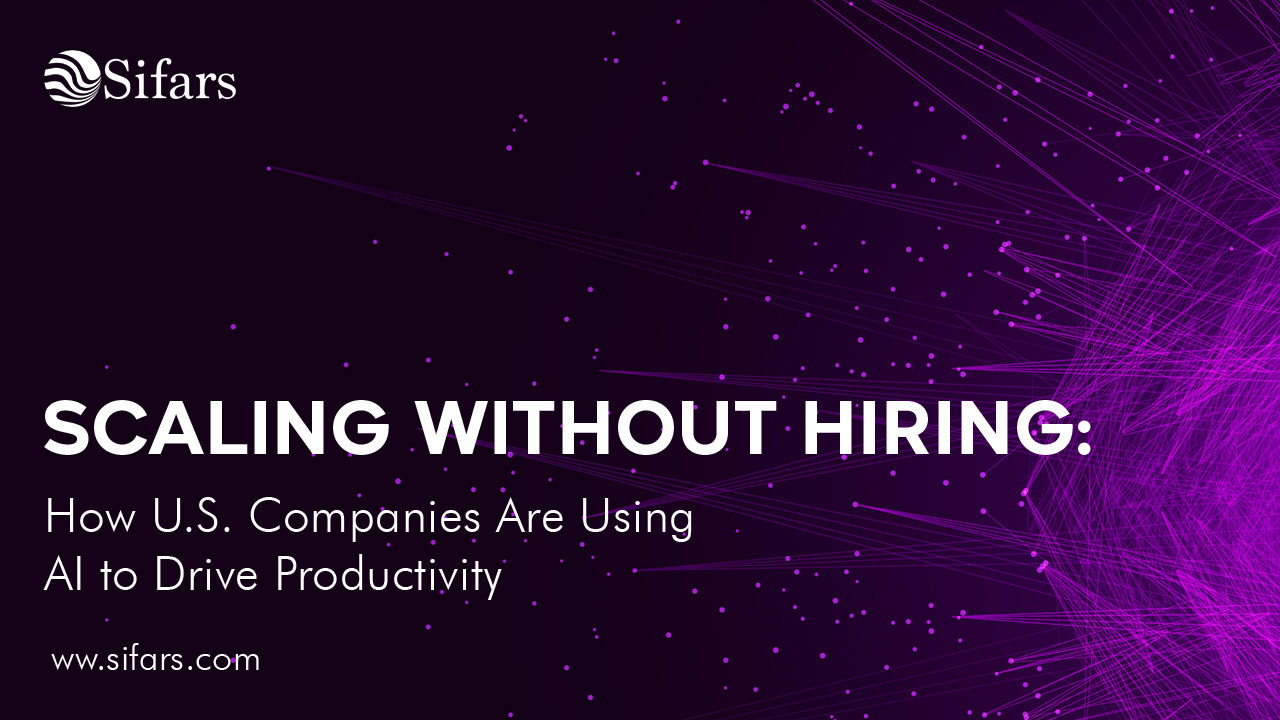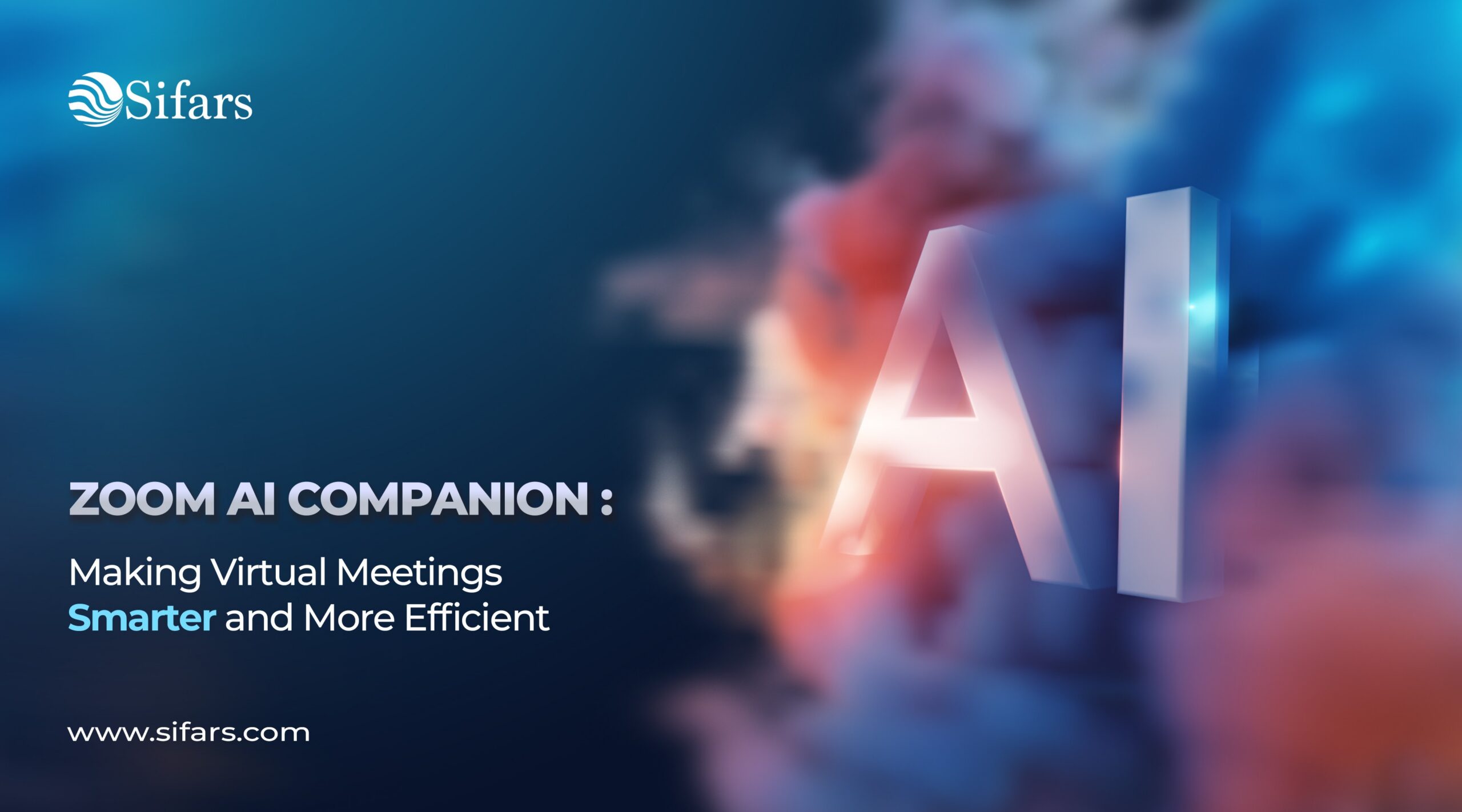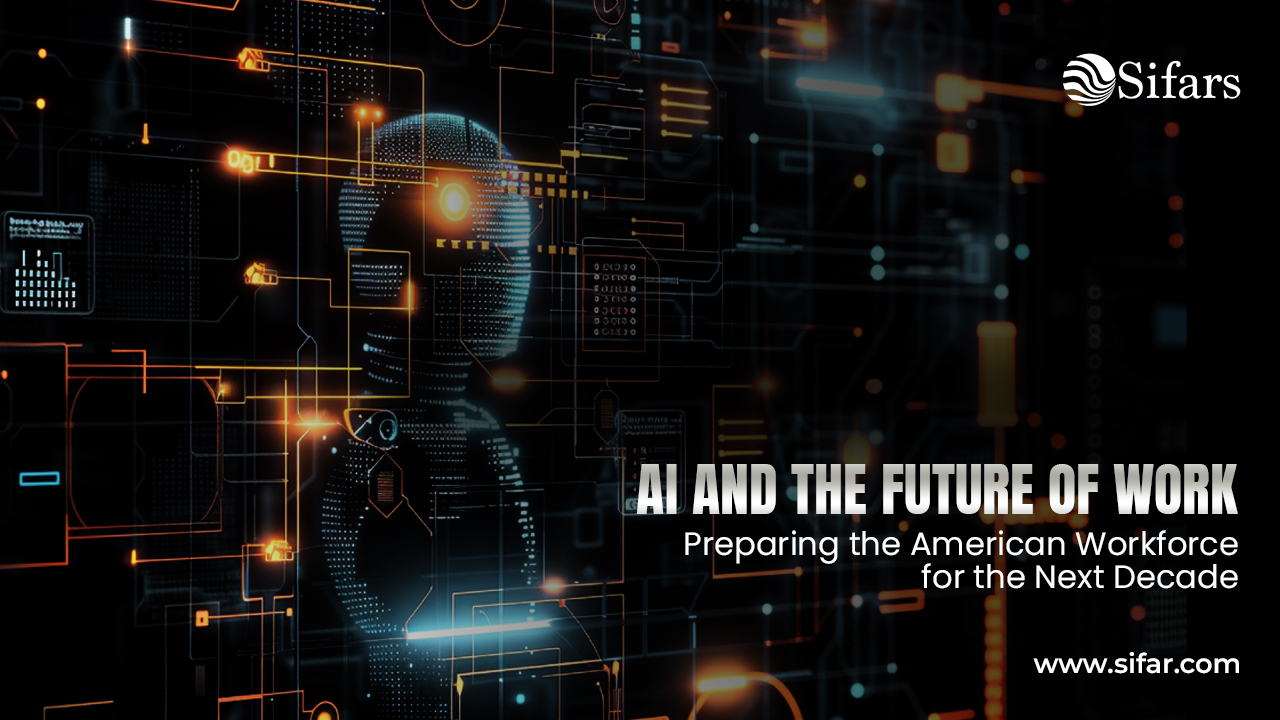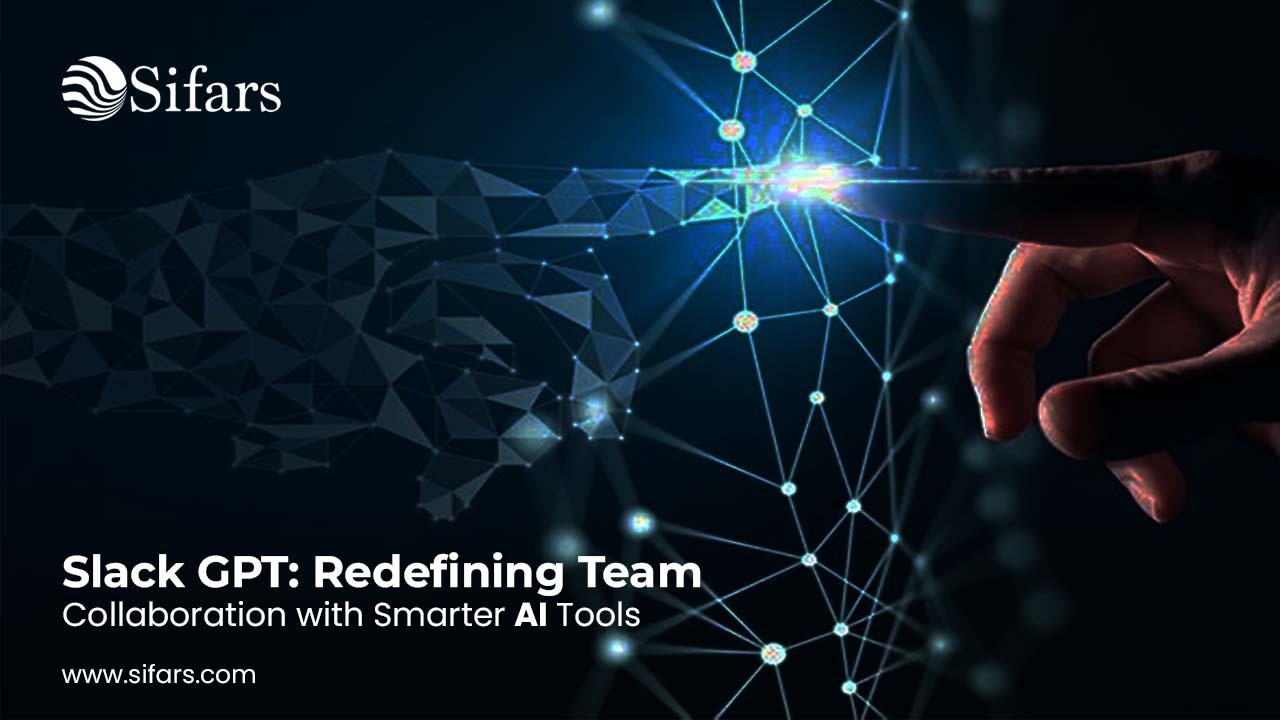The AI Revolution in Motion
Artificial Intelligence (AI) is no longer just a buzzword—it’s the foundation of the modern digital economy. From automating customer service to transforming healthcare, AI solutions are helping businesses reimagine how they operate. But one company stands out in shaping this revolution: OpenAI.
Founded with the mission of ensuring that artificial general intelligence (AGI) benefits all of humanity, OpenAI has disrupted industries, redefined what’s possible with machine learning, and demonstrated how a startup can become a global thought leader in artificial intelligence services.
For emerging startups, OpenAI’s journey is more than inspiration—it’s a playbook. By studying its strategies, pivots, and innovations, businesses can learn how to scale, differentiate, and thrive in a competitive landscape.
In this blog, we’ll explore how OpenAI redefined the AI ecosystem, the challenges it overcame, and most importantly, the lessons startups can adopt to grow sustainably.
The Rise of OpenAI: From Research Lab to Global AI Leader
When OpenAI was founded in 2015, the AI industry was dominated by large tech giants like Google, Microsoft, and IBM. Entering the field as a non-profit research lab, OpenAI aimed to make AI more open, transparent, and accessible.
Key Milestones That Redefined the AI Landscape:
- GPT Series (Generative Pre-trained Transformers): Models like GPT-3 and GPT-4 revolutionized natural language processing (NLP), enabling human-like interactions in chatbots, content creation, and business automation with AI.
- Partnership with Microsoft: This strategic collaboration provided both funding and infrastructure, showing startups how powerful strategic alliances can be.
- Commercial Pivot: Transitioning from non-profit to “capped-profit” structure, OpenAI balanced innovation with sustainability.
- OpenAI API & ChatGPT: Democratizing AI for businesses of all sizes, from solo entrepreneurs to Fortune 500 companies.
Each step redefined how startups, enterprises, and policymakers viewed artificial intelligence services—not just as a technology, but as a transformative economic driver.
Lessons for Startups: What OpenAI Teaches About Growth
1. Mission-Driven Innovation Wins Trust
OpenAI’s vision wasn’t simply about building powerful AI—it was about building responsible AI. Startups that embed ethics, transparency, and responsibility into their AI solutions are more likely to build long-term trust with customers.
Takeaway for startups: Define a clear mission beyond profits. Customers today align with companies that demonstrate values and purpose.
2. Start with Research, Scale with Solutions
OpenAI invested years in R&D before releasing commercial products. This foundation allowed them to introduce world-class solutions that immediately stood out.
Startup Strategy: Instead of rushing to market, focus on developing robust, well-tested AI for businesses. A few strong offerings create more impact than many half-developed ones.
3. Accessibility Fuels Growth
By releasing tools like the OpenAI API, the company enabled developers, small businesses, and enterprises alike to access cutting-edge AI.
Lesson for startups: Build platforms and services that scale across industries, not just one. Offering affordable AI consulting or APIs can broaden your client base.
4. Partnerships Are Catalysts
The Microsoft partnership gave OpenAI access to massive compute power and global markets.
Lesson for startups: Strategic alliances with bigger players—whether cloud providers, consulting firms, or distribution networks—can amplify your reach exponentially.
5. Monetization Models Must Evolve
From non-profit to capped-profit, OpenAI adapted its business model to balance sustainability with innovation.
Startup Insight: Be flexible with revenue models. Subscription-based AI solutions, usage-based billing, or hybrid consulting + SaaS models can ensure steady cash flow.
The Economic Ripple Effect of OpenAI’s Innovations
OpenAI’s work didn’t just advance technology; it reshaped economies.
- Boosting Productivity: AI-powered business automation reduces manual tasks, saving U.S. businesses billions annually.
- New Business Models: Companies are building startups entirely around GPT-powered solutions.
- Job Creation and Transformation: While some roles are automated, others—like AI consulting, AI ethics, and data annotation—are booming.
- Accessibility: Even small businesses can now leverage artificial intelligence services once reserved for tech giants.
For startups, this demonstrates the scalability potential of AI solutions—you don’t need to reinvent the wheel, but adapt proven technologies for niche markets.
Opportunities for Startups in the AI Era
- Niche AI Solutions: From healthcare diagnostics to legal document review, opportunities exist to solve industry-specific challenges.
- AI Consulting for SMBs: Many small and medium businesses are eager for guidance on AI adoption but lack expertise.
- Business Automation with AI: Tools for streamlining HR, finance, or marketing are in high demand.
- Custom AI Integrations: Helping businesses connect AI with existing CRMs, ERPs, and workflows.
- Ethical & Responsible AI: Building transparent, bias-free AI creates a competitive edge.
Challenges Startups Must Navigate
While opportunities abound, startups face hurdles:
- Data Privacy & Regulation: Compliance with frameworks like GDPR is critical.
- Compute Costs: Training models requires significant infrastructure investments.
- Talent Acquisition: Skilled AI engineers are in high demand.
- Market Competition: Differentiating from global players like OpenAI itself is tough.
Strategy for Overcoming Challenges:
- Outsource model training to cloud AI providers.
- Start with smaller, specialized solutions.
- Collaborate with AI service companies like Sifars to bridge capability gaps.
Real-World Examples of AI Startups Thriving
- Jasper AI: Leveraged OpenAI’s GPT to create a niche content-generation business.
- UiPath: A leader in business automation with AI, showing the value of focusing on one clear domain.
- DataRobot: Democratizing machine learning for enterprises, much like OpenAI’s accessible APIs.
These examples prove that startups can coexist and thrive alongside giants like OpenAI by targeting specific pain points.
Actionable Insights for Startup Founders
- Think Big, Start Small: Launch a minimal viable AI solution tailored to a niche.
- Leverage OpenAI’s Infrastructure: Build applications on top of OpenAI APIs instead of reinventing from scratch.
- Focus on Value, Not Hype: Customers don’t buy “AI”—they buy outcomes like efficiency, cost reduction, and revenue growth.
- Invest in User Experience: AI for businesses must integrate seamlessly with existing workflows.
- Prioritize Ethics and Transparency: Make fairness and accountability part of your AI DNA.
How Sifars Helps Businesses Harness AI
At Sifars, we understand the challenges startups face when adopting AI. Our expertise in artificial intelligence services, business automation with AI, and AI consulting ensures that businesses—from emerging startups to established enterprises—can scale sustainably.
Whether you need tailored AI solutions, guidance on ethical implementation, or custom automation workflows, Sifars acts as your strategic partner in transforming ideas into scalable business outcomes.
From OpenAI to Your AI Journey
OpenAI has redefined what’s possible with artificial intelligence, but its journey isn’t just about technology—it’s about vision, adaptability, and accessibility. For emerging startups, the lessons are clear:
- Build with purpose.
- Scale responsibly.
- Partner strategically.
- Innovate with customers in mind.
The AI landscape is evolving rapidly, and the next wave of disruptive startups is already on the horizon.
If you’re ready to move beyond the plateau and scale with AI, connect with Sifars today. Together, we’ll unlock the transformative potential of artificial intelligence for your business.

